Big exhibitions at the Mori Art Museum (MAM) can sometimes be to art what Ron Howard films are to cinema — well produced, broad in appeal and exciting, but not too edgy. Above all, there seems to be a contract with the viewer that, whatever else, we will be entertained.
In the early days of the MAM, that in itself was an important cultural point. When Murakami's "My Lonesome Cowboy" bestrode the world like a naughty teenage colossus, satire and the appropriation of pop culture were tools for attacking the history of art as seen through the work of dead white men. Perhaps in the wake of this attack on seriousness, many artists have since taken refuge in childishness, whimsy or playfulness, though these values have been carefully rationed in "Go-Betweens: The World Seen through Children," with the emphasis being more on showing childhood as a state of vulnerability and transformation.
The first works on show are archive black-and-white photographs of New York street urchins by Jacob A. Riis. A bleak and unsentimental view of how serious adult endeavors — industry, war, sex and the like — impact children, is compounded with photos by Lewis Hine in the early 1900s of child labor in the U.S., images of Japanese internment at Manzanar by Miyatake Toyo and documentation of half-Japanese orphans fathered by Allied occupation troops post-1945. The gaping hole left by lack of attention paid to wartime atrocities carried out by the Axis powers is unfortunately par for the course in Japan, but particularly egregious in a display that attempts to challenge our understanding of innocence.



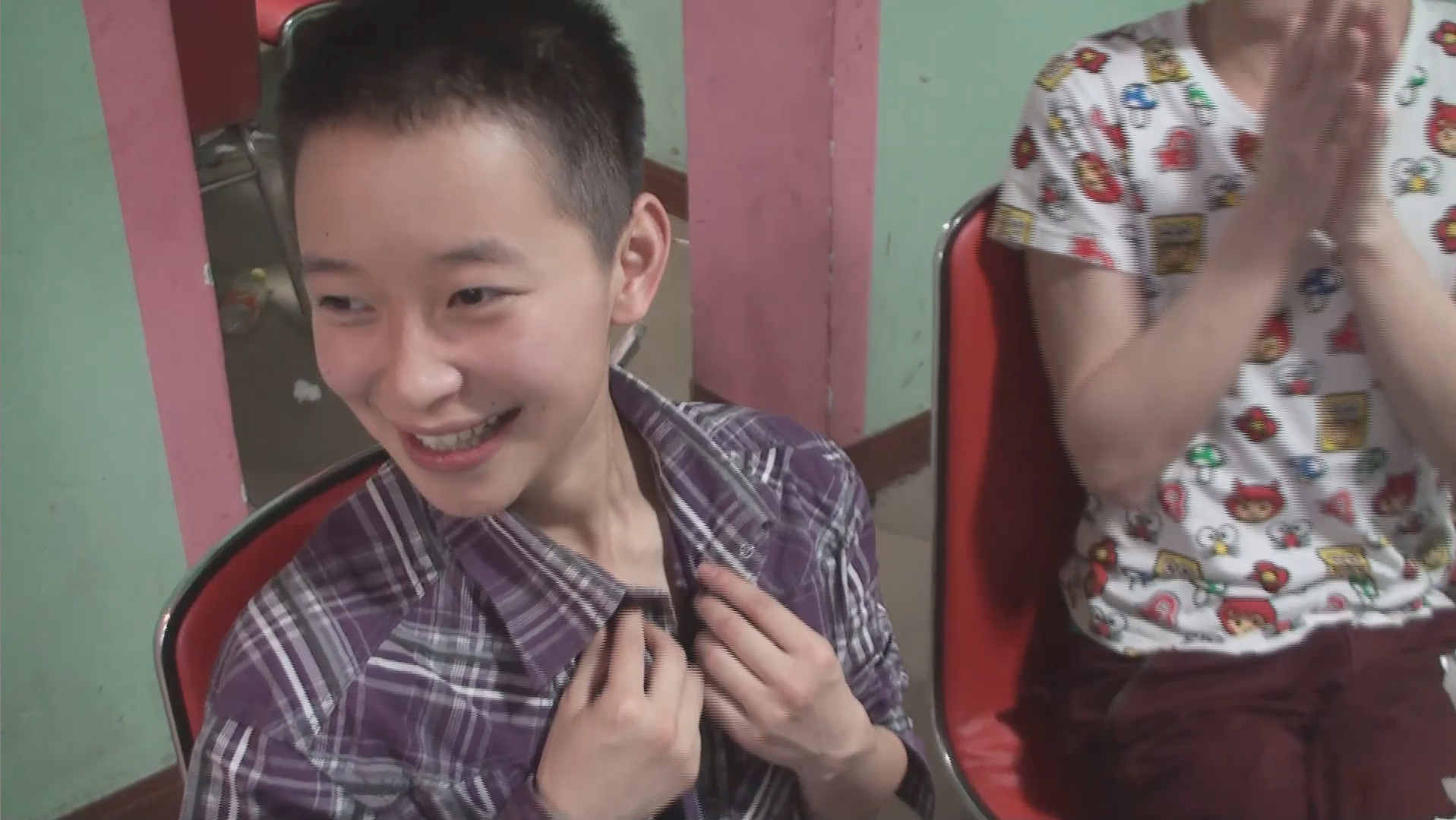

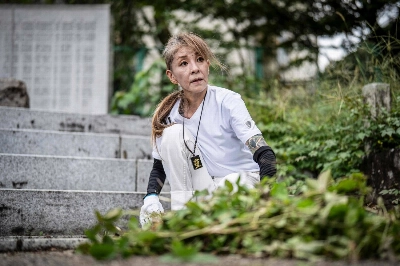
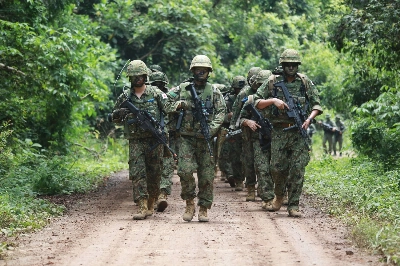




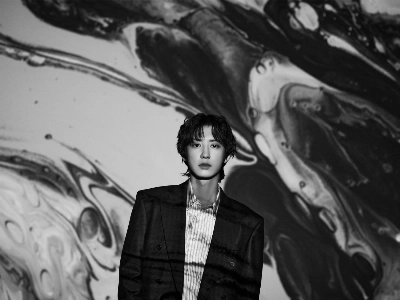

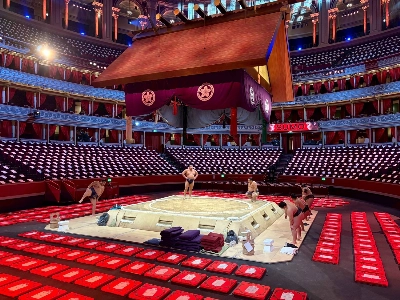




With your current subscription plan you can comment on stories. However, before writing your first comment, please create a display name in the Profile section of your subscriber account page.